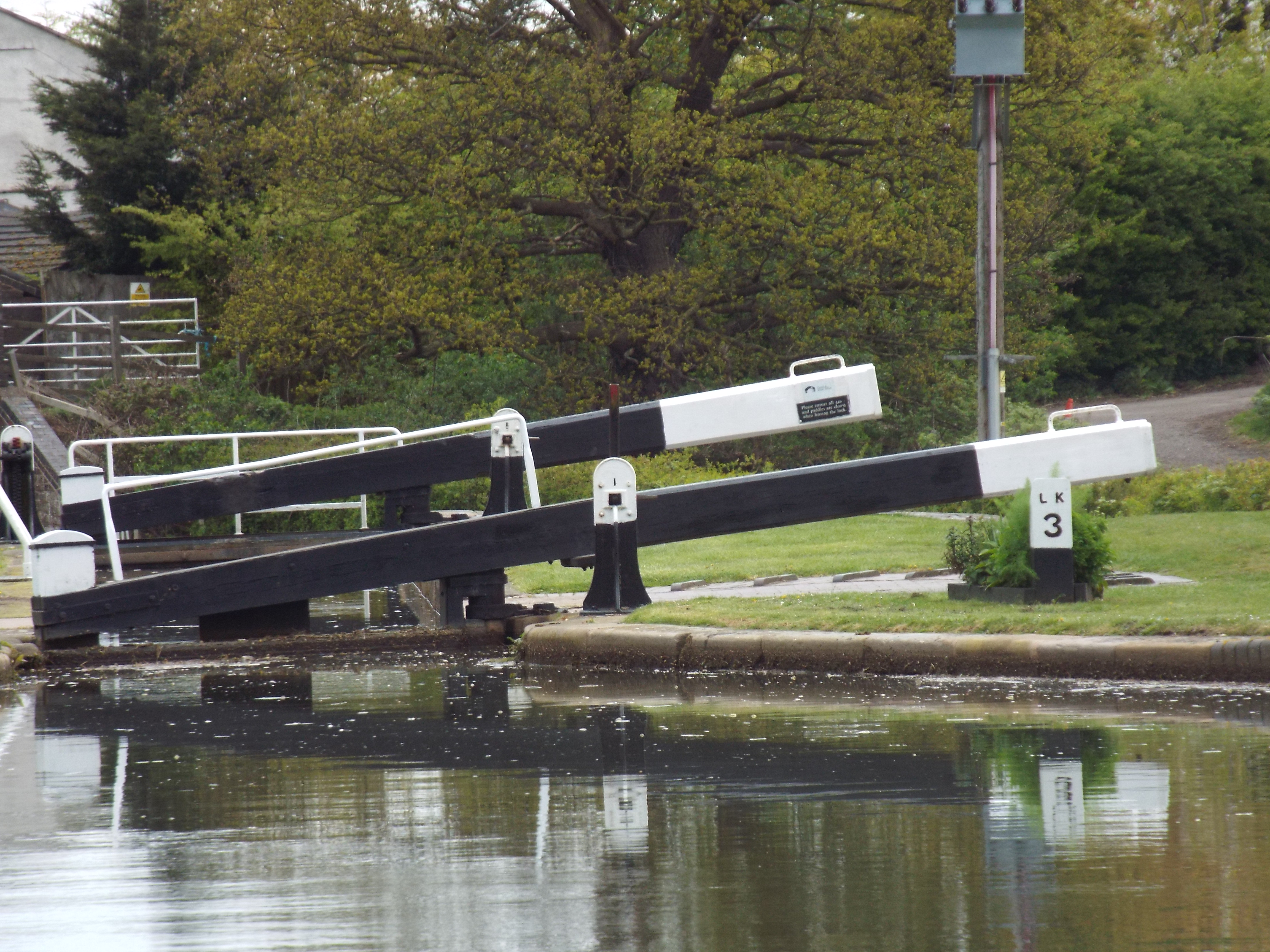Installing the solar panel the first step is to select a location and then temporarily run the cables to make sure they are long enough. The picture below left shows the covered solar panel in the preferred location, just past the plank & pole bracket.


I am also installing a fan in the saloon roof vent, to run from the ‘load’ connections of the charge controller. The cable for this can be seen in the picture on the right going into the roof vent.
After finalising the position for the Solar Panel I attached the cables to charge the batteries (domestic bank & starter battery) and the battery temperature sensing wire. I then ‘ran’ them through to the electric cupboard


The picture to the left shows the approximate location of the battery & temperature sensing wires in the electric cupboard.
The picture to the right shows the Solar Panel & fan cables hanging down from the roof. Which clearly shows that there will be sufficient length to reach the charge controller in the electric cupboard.
After making sure the cables were long enough the next stage is to drill holes in the roof for the Fan & Solar Panel Cables.
 |
| Cables being fed through holes. |
Followed by feeding the cables through the holes
 |
|
View from inside the roof. |

 |
Cables being fed along roof space and
down into electric cupboard. |
The cables were then fed along the roof space and down to the electric cupboard. Its the two thicker black cables (solar panel) and the red & black thinner cables (Saloon Fan)
 |
Cables as they emerge from
roof space into electric cupboard. |

The next stage is to site the charge controller. The picture to the left shows the first position and the various wires. From left to right these are 1) Temperature sensing wire, 2) Positive & Negative cables from the Solar Panel, 3) Positive & Negative charging cables for the domestic battery bank, 4) Positive & Negative charging cables for the starter battery & 5) The Positive & Negative cables for the fan.
I thought placing the charge controller in this position would be a bit unsightly with all the cables running up to it.
The charge controller in its final position
The box to the left is the BlueTooth which enable me to view the various statistics on my phone.
A fuse was inserted into the positive cable for the fan. The shuts down automatically if the battery level falls below 12.5 volts and is not switched on again until the battery reaches 13 volts. This fuse, with a switch means that I can also manually swith the fan on or off.
The final job was to cover the wires on the roof with some plastic conduit and stick down the entry gland.












































